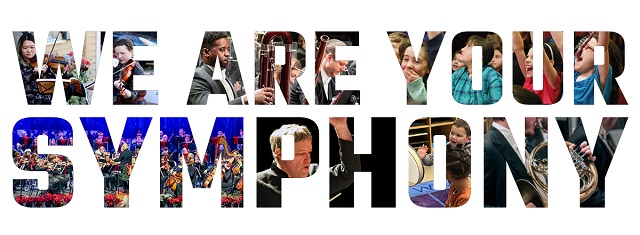The Fanfare Project
How do we learn to express gratitude? How can we foster in our students the ability to express gratitude in a deep and meaningful way? As with so many things in life, music helps.
The Fanfare Project began as an attempt to use music to answer those questions. The program provides a process which engages students to think about gratitude and to express it to a person who has had an impact in their life or has a significant role in their life. Through three simple, short lessons, it teaches students history, writing and speaking skills, musical creativity, and social-emotional skills. It also offer the opportunity for a family engagement event that is very powerful —and very easy to put together.
By incorporating The Fanfare Project in your classroom curriculum, after school program, or out-of-school program, you are creating a space for students to slow down and reflect on people who have supported and guided them, and to make time to express that gratitude. Our own experience with the program is that is has never failed to deliver so much more impact and connection for students, teachers, staff, and families than we could have ever expected.
Teacher’s Supplemental Materials:
Links to Listening Examples, and Lesson Videos as specified in Lessons 1 and 2 of the Fanfare Project Teacher’s Guide.
Lesson 1: Listening Example No. 1
Imperial Fanfare: Leeb
Lesson 2: Listening Example No. 3
Paul Dukas: Fanfare pour précéder La Péri
Lesson 1: Listening Example No. 2
Fanfare Guidon 90
LESSON 1 VIDEO:
Compose-it Fanfare Edition
“In this video, students learn how to use the NBSO’s graphic notation software called Compose-it Fanfare Edition. This software allows students to compose music by dragging colorful rhythmic shapes onto a musical graph. This use of graphic notation software removes the barrier of prior music reading experience for both the instructor and the student.
LESSON 1 VIDEO:
Melodic Ideas for your Fanfare
“In this video, students learn how to compose and identify melodies that move by steps, skips, and jumps. The video lesson prepares students to find a balance of steps, skips, and jumps when composing their original fanfares.
LESSON 2 VIDEO:
Rhythmic Ideas for your Fanfare
“In this video, students learn four rhythmic ideas that can be used when composing their original fanfares.


